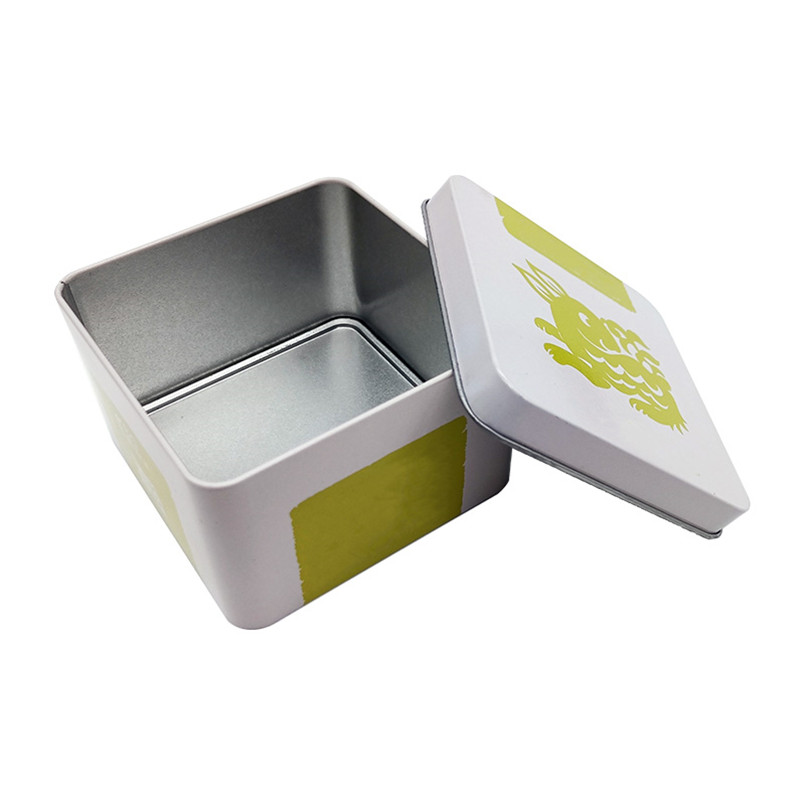What is the difference between a tin box and a tin can
Comparison Between Tin Box and Tin Can:
Here's a detailed comparison between tin boxes and tin cans across various dimensions:
| Dimension | Tin Box | Tin Can |
|---|
| Material | Typically made of tin-plated steel or aluminum | Primarily constructed from tin-plated steel |
|
| or aluminum |
| Construction | Often features intricate designs, embossing, | Generally simpler in design, usually cylindrical |
| and printing for aesthetic appeal | or rectangular |
| Usage | Commonly used for packaging gifts, specialty | Widely used for packaging food, beverages, and |
| products, and promotional items | various non-food items such as paint and chemicals |
| Closure | Hinged lids, snap-on lids, or slipcovers | Typically have pull-tab or peel-off lids |
| Airtightness | May not always be completely airtight, | Generally designed for airtight or hermetic |
| depends on the design and purpose | sealing to preserve freshness |
| Sealing | Often decorative and may not provide airtight | Emphasizes a secure and hermetic seal to |
| sealing, more emphasis on visual appeal | prevent air and moisture ingress |
| Customization | Highly customizable with various shapes, sizes, | Customizable to some extent, limited shapes and |
| and printing options for branding | sizes, branding typically done through labeling |
| Production | Craftsmanship is involved in creating unique | Mass-produced using standardized manufacturing |
| and aesthetically pleasing designs | processes |
| Technology | Utilizes advanced printing and embossing | Focuses on efficient canning and sealing |
| techniques for intricate designs | technologies |

Detailed Comparison:
Material:
- Both tin boxes and tin cans are commonly made from tin-plated steel or aluminum, providing durability and resistance to corrosion.
Construction:
- Tin boxes often have elaborate designs, embossing, and printing for aesthetic purposes, making them suitable for gifts and promotional items. In contrast, tin cans typically have a simpler, functional design, emphasizing practicality.
Usage:
- Tin boxes are commonly used for packaging specialty items, gifts, and promotional products due to their decorative nature. Tin cans, on the other hand, are versatile and widely used for packaging various goods, including food, beverages, and non-food items.
Closure:
- Tin boxes may feature hinged lids, snap-on lids, or slipcovers, contributing to their visual appeal. Tin cans typically have pull-tab or peel-off lids designed for practicality and ease of use.
Airtightness:
- Airtightness in tin boxes may vary depending on the design, with some featuring better sealing than others. Tin cans are generally designed to be airtight, especially in the case of food packaging where freshness preservation is crucial.
Sealing:
- Tin boxes often prioritize aesthetics over airtight sealing. Tin cans, on the other hand, prioritize a secure and hermetic seal to prevent air and moisture ingress, ensuring the contents remain fresh.
Customization:
- Tin boxes offer high customization with various shapes, sizes, and printing options, making them suitable for branding and promotional purposes. Tin cans are customizable to some extent, with branding typically achieved through labeling due to the standardized shapes.
Production:
- Tin boxes often involve craftsmanship and are created in smaller quantities due to their unique designs. Tin cans are mass-produced using standardized manufacturing processes for efficiency and cost-effectiveness.
Technology:
- The technology involved in tin boxes focuses on advanced printing, embossing, and decorative techniques. Tin cans prioritize efficient canning and sealing technologies to ensure product safety and longevity.
In summary, while both tin boxes and tin cans share similarities in material and usage, their differences lie in their design, construction, and intended purpose. Tin boxes are often chosen for their decorative and promotional appeal, while tin cans prioritize functionality and efficiency in mass production.
